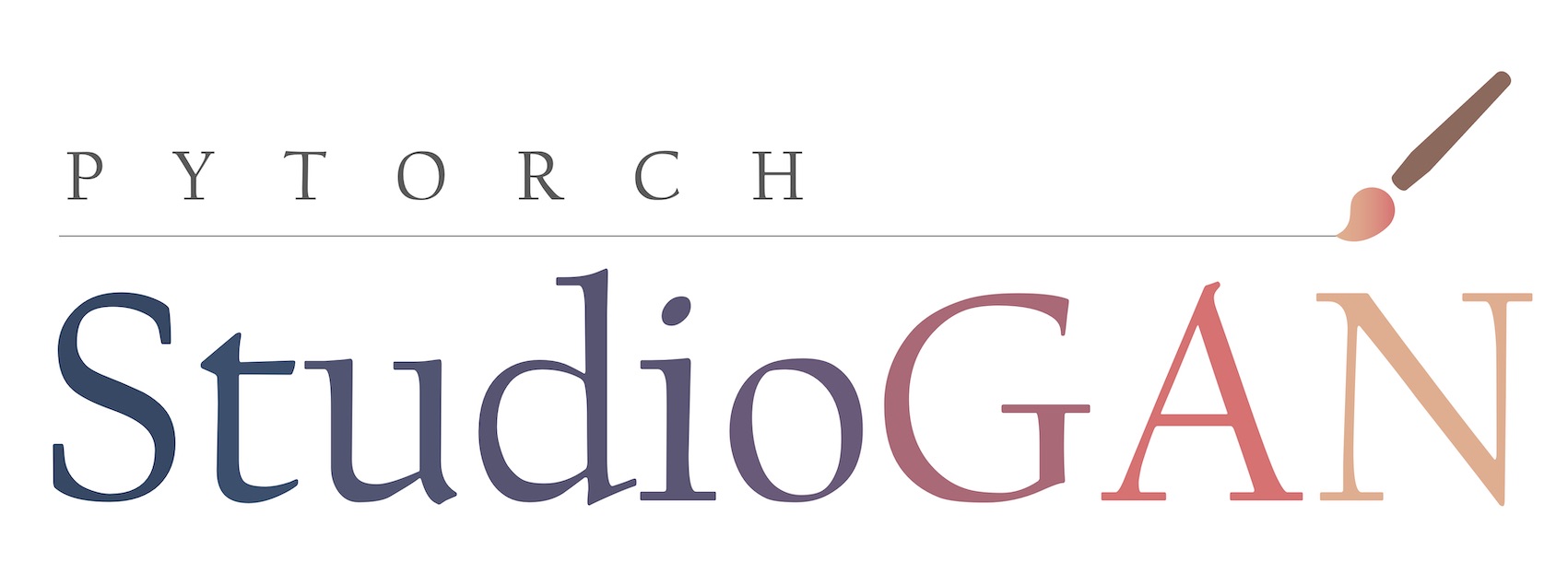Point Cloud Registration using Representative Overlapping Points (ROPNet)
Abstract
3D point cloud registration is a fundamental task in robotics and computer vision. Recently, many learning-based point cloud registration methods based on correspondences have emerged. However, these methods heavily rely on such correspondences and meet great challenges with partial overlap. In this paper, we propose ROPNet, a new deep learning model using Representative Overlapping Points with discriminative features for registration that transforms partial-to-partial registration into partial-to-complete registration. Specifically, we propose a context-guided module which uses an encoder to extract global features for predicting point overlap score. To better find representative overlapping points, we use the extracted global features for coarse alignment. Then, we introduce a Transformer to enrich point features and remove non-representative points based on point overlap score and feature matching. A similarity matrix is built in a partial-to-complete mode, and finally, weighted SVD is adopted to estimate a transformation matrix. Extensive experiments over ModelNet40 using noisy and partially overlapping point clouds show that the proposed method outperforms traditional and learning-based methods, achieving state-of-the-art performance.
Environment
The code has been tested on Ubuntu 16.04, Python 3.7, PyTorch 1.7, Open3D 0.9.
Dataset
Download ModelNet40 from here [435M].
Model Training
cd src/
python train.py --root your_data_path/modelnet40_ply_hdf5_2048/ --noise --unseen
Model Evaluation
cd src/
python eval.py --root your_data_path/modelnet40_ply_hdf5_2048/ --unseen --noise --cuda --checkpoint work_dirs/models/min_rot_error.pth
Registration Visualization
cd src/
python vis.py --root your_data_path/modelnet40_ply_hdf5_2048/ --unseen --noise --checkpoint work_dirs/models/min_rot_error.pth
Citation
If you find our work is useful, please consider citing:
@misc{zhu2021point,
title={Point Cloud Registration using Representative Overlapping Points},
author={Lifa Zhu and Dongrui Liu and Changwei Lin and Rui Yan and Francisco Gómez-Fernández and Ninghua Yang and Ziyong Feng},
year={2021},
eprint={2107.02583},
archivePrefix={arXiv},
primaryClass={cs.CV}
}
Acknowledgements
We thank the authors of RPMNet, PCRNet, OverlapPredator, PCT and PointNet++ for open sourcing their methods.
We also thank the third-party code PCReg.PyTorch and Pointnet2.PyTorch.

![Deep Occlusion-Aware Instance Segmentation with Overlapping BiLayers [CVPR 2021]](https://github.com/lkeab/BCNet/raw/main/figures/fig_vis2_new.png)




![[ICCV 2021 Oral] SnowflakeNet: Point Cloud Completion by Snowflake Point Deconvolution with Skip-Transformer](https://github.com/AllenXiangX/SnowflakeNet/raw/main/pics/network.png)
